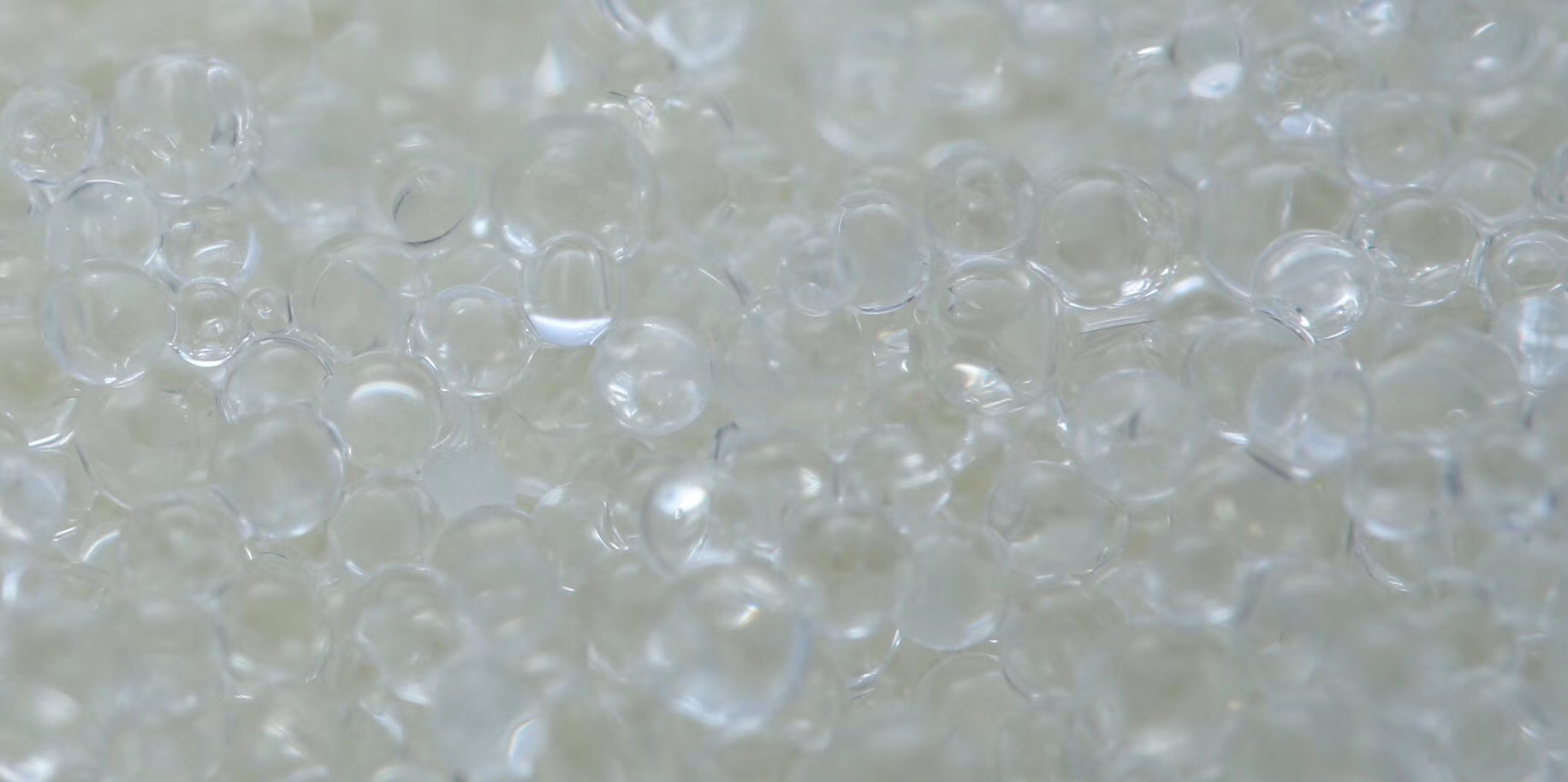Chengdu Senger Environmental Technology Co., Ltd. shares pollution and recovery methods of anion exchange resin:
Anion exchange resins are often contaminated by organic compounds, colloidal silicon and iron compounds in use.
Resuscitation of resin contaminated by organic substances usually uses salt-sodium hydroxide cleaning method, i.e. using 10% NaCl and 1% - 2% NaOH mixed liquor three times as much as the bed to clean the exchange resin, and then thoroughly backwash. When the effect of this method is not good, sodium hypochlorite can be used for cleaning. The prepared cleaning solution should produce 1% active chlorine.
The colour of ion exchange resin becomes black after it is polluted by iron. The resuscitation method can be soaked in 4% sodium sulfite solution for 4-12 hours. Sodium hyposulfite is a reductant that cleans high-valent iron precipitates into soluble, low-valent forms from resins. The acid pickling method can also be used, that is, the Sichuan anion exchange resin is treated with brine after failure, and then immersed in 10% hydrochloric acid for 5-12 hours.
In addition, in recent years, special agents for cleaning polluted ion exchange resins and new technologies for ultrasonic cleaning have emerged.
Prevention and Control of Ion Exchange Resin Pollution
1. Controlling chlorine content
We should do a good job in disinfection and algae killing of pretreatment and control the residual chlorine before entering the cation exchanger.

2. Regular scrubbing
The resin is washed regularly with compressed air to remove suspended solids, organic matter and iron.
3. Selection of Coagulant
In order to do a good job in coagulation and clarification, coagulant must be selected correctly, and the best dosage of Zui must be determined by experiments, so as to prevent the backward movement of aluminium salt and iron salt, strictly control the turbidity of the effluent of sand filter and activated carbon filter, Al3+, Fe3+ should be less than 0.3 mol/L, and COD of chemical oxygen demand should be less than 1 mol/L. Organic substances are adsorbed by activated carbon filtration.
4. Preventing Oil Pollution
For the compressed air that may be in contact with resin, it is necessary to purify and degrease to prevent oil mist from being brought into it, and to prevent oil pollution near the water source suction outlet.
5. Preventing contamination of regenerants
In order to prevent the impurities in the regenerant from polluting the resin, in addition to selecting high-quality regenerant, anti-corrosion measures should be taken for the containers during the transportation and storage of the regenerant to prevent rust and organic coating from falling off and polluting.
